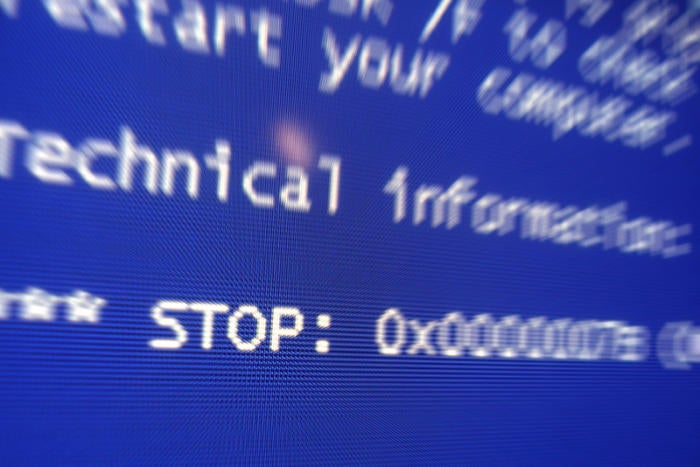Answering the WannaCry wake-up call

Credit to Author: Selena J. Linde, T. Markus Funk, Todd M. Hinnen and Jonathan G. Hardin| Date: Tue, 30 May 2017 04:35:00 -0700
The widespread WannaCry attack demonstrated the acute vulnerability of computer systems to ransomware attacks. There is no reason to think that larger, more sophisticated attacks aren’t already being planned — the perpetrators of WannaCry reportedly profited handsomely — and companies that have not assessed and addressed the risk posed to their systems by such attacks may remain vulnerable.
Companies can take prophylactic steps to protect their systems against ransomware, focusing on improving data security hygiene, establishing effective governance and raising employees’ awareness of the threat.
To read this article in full or to leave a comment, please click here




